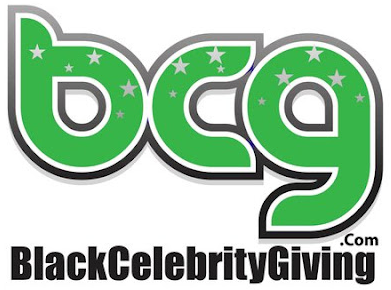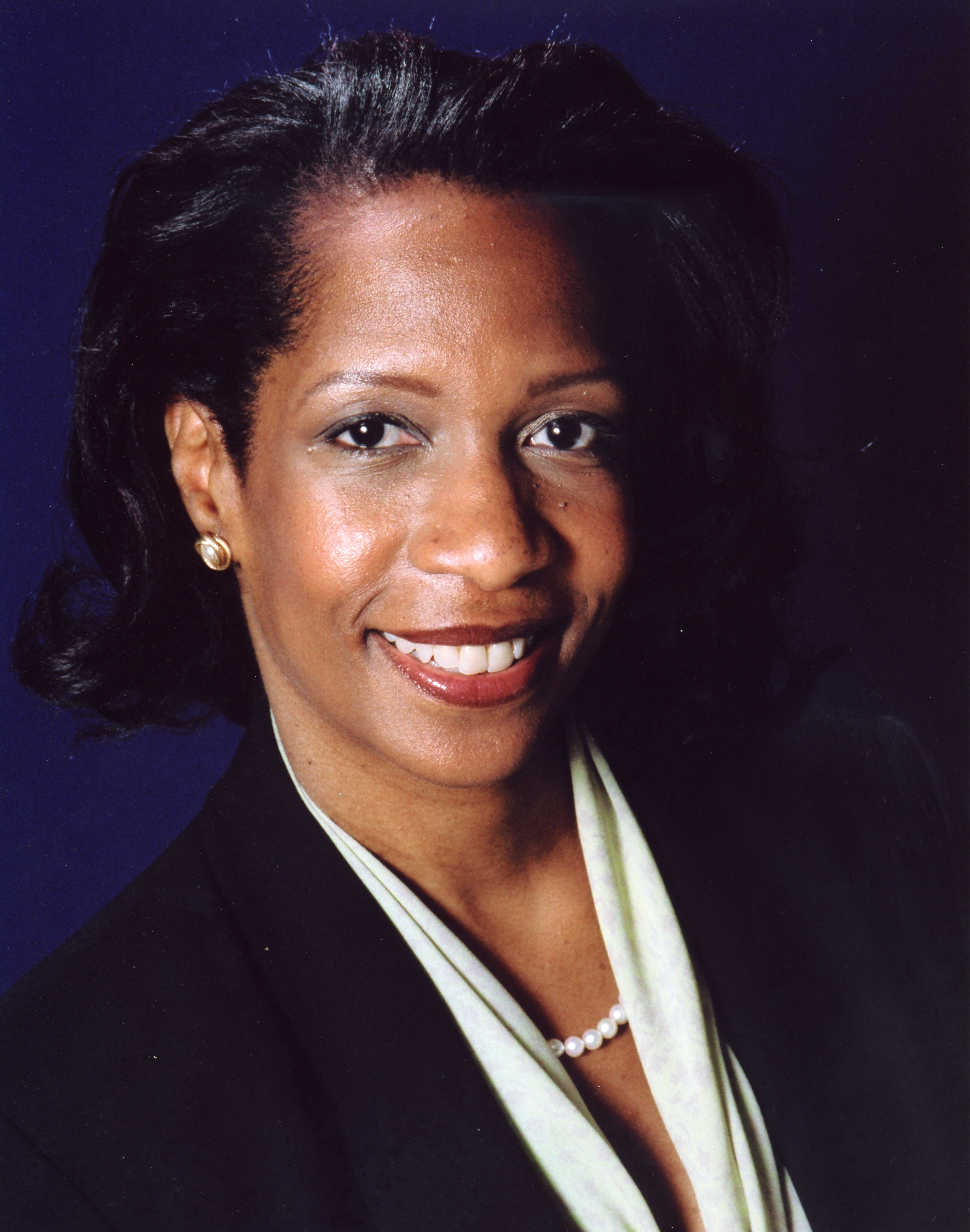Strategic Planning for Philanthropists
Dr. M. Starita Boyce Ansari
Most of us know you can’t achieve social change on passion alone. You also need creative thinking and a way to implement your strategic plan.
And, yet, how many staff meetings have you endured where people drone on about their activities and you have no idea why they’re doing anything? Or fret about making programs scalable without considering the organization’s capacity? Or suggest adding a new program to chase a grant?
It’s all too common for organizations to stash their strategic plan somewhere to become old and dusty, only to be pulled out for board meetings and new trainees. That’s assuming that the plan is even relevant to your work.
To start achieving all those brilliant social changes your mission waxes eloquent about, you’ll need to place your strategic plan at the heart of your day-to-day work. What’s needed for this to happen?
Change starts at the top.
An organization’s leaders should spend at least half their time modeling the mission to: (1) inspire the board and staff to meet their goals and (2) build relationships and raise money.
They should spend the other half of their time: (1) ensuring the strategic plan draws upon staff’s skills and passions and (2) evaluating outcomes and implementing the lessons learned.
How does this play out?
When leaders refocus on the strategic plan, they act differently. It becomes the basis for all of their decisions. They gather and analyze data and ensure that the board, finances, and staff sustain the strategic direction of the organization. Everybody, from the custodial engineers to the chair of the board, has a clear sense of their purpose, how their role will be measured, how they fulfill that role, and their impact on the mission and vision.
Evaluation is the cornerstone.
You’ve noticed that assessment and evaluation factor pretty heavily into this, right?
It’s nearly impossible to fulfill the mission and vision without frequent evaluation. Otherwise, you can’t track progress on your strategic plan. Self-assessment needs to become a part of everyone’s job description, not merely as a basis to promote or fire an employee but as an informative, organization-wide learning process that moves the organization forward.
In a strategic organization, staff evaluate their work and that of others, and have the freedom, regardless of position, to offer strategies for improvement. Evaluation takes stock of staff, board, donors, and program recipients.
This creates a culture of trust and transparency. The organization, from top to bottom, becomes a responsive, accountable, and high-performing driver of social change.
So, how do you begin to take action?
You start by asking questions and seeking answers. This should be a continual process and keep the strategic plan at the center. The following provides examples of questions you should be asking about your organization. Be tenacious, and you’ll start seeing change!
Outcomes:
- What went well according to the strategic plan?
- Are programs effectively responding to their targeted market?
- What impact do similar organizations have on the lives of those you serve?
- What aspects of a program does the public like or dislike?
- What knowledge was developed and how can it be disseminated to government and charitable organizations?
- What motivates volunteers, employees, and others to work with us?
- Which programs demonstrate a social return on investment?
Evaluation:
- What are the internal and external challenges and what support is needed to reach your goals?
- What lessons were learned and strategies revised?
- What deliverables may not be met and why?
- Does the strategic plan support the brand and resonate through the website as well as other communications platforms?
- What critical paths in the strategic plan are in jeopardy?
- Are there time and fiscal gaps in the strategic plan?
- Do budget allocations support the mission and vision?
- Do you have the human and fiscal capacity to reach your desired outcomes?
- Does your board understand and appreciate your organization’s strengths, weaknesses, opportunities, and threats?
Strategy:
What has changed in the community and industry and how can you respond?
What are your successes and how can they be replicated or maintained?
What is the cost?
Do you renew, merge, or die when the organization is declining?
Do you have the right board members and do they fulfill their fiduciary responsibilities?
Are you effectively engaging your relationships to achieve the desired results?
Are the skills and interests of staff and board members aligned with the mission?





